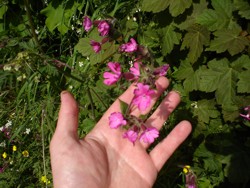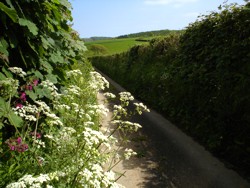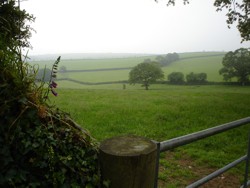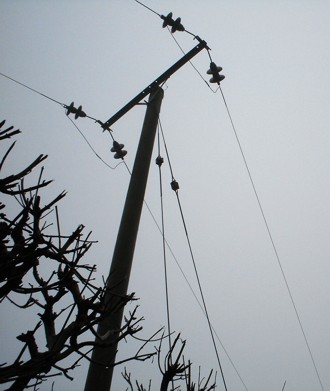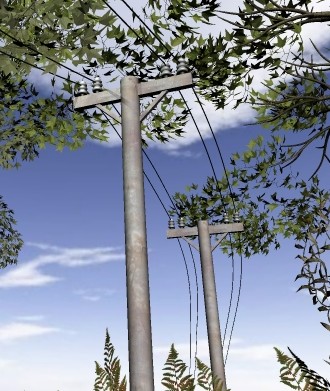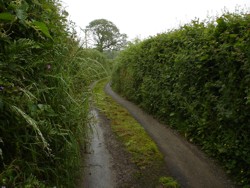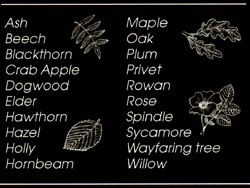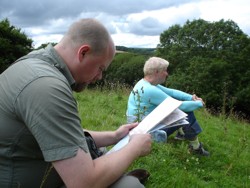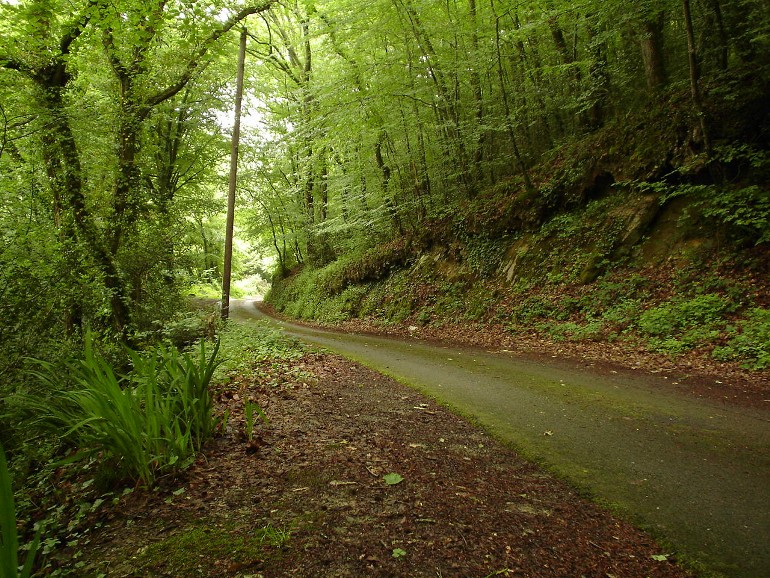As for ghosts: Barely a Cornish lane can be passed that doesn't boast
some ghoulish activity. The steep descending lanes of Talland Bay are
known to have played host to screaming phantasmagoria, runaway carriages
pulled by headless horses and the sinister figure of Reverend Dodge; a
17th century character who stalked the lanes by night in search of witches,
demons and ghouls. In truth, given a modern perspective, it is thought
that the reverend was in fact scaring people away from the smugglers delivering
contraband to the church vaults. Naughty reverend!
Executions were often held outside of the village centre, on the junction
of two main roads. Some of these 'main roads' were nothing more than trackways,
which still exist today as lesser known lanes, or farmers lanes which
are unsuitable for road vehicles. It is interesting to note that the inspirational
lane, which helped forge Barrow Hill, is known as 'Stocks Lane', which
leads to 'Stocks Wood'. In history, the 'stocks' are a wooden contraption,
in which thieves, criminals and undesirables were locked, hand and foot,
for humiliation and torture. Local research into Stocks Lane has been
disappointing, so should anyone reading this know of torture and humiliation
down the lane...ummm...please let us know. Nothing too salacious, thank
you.
|
